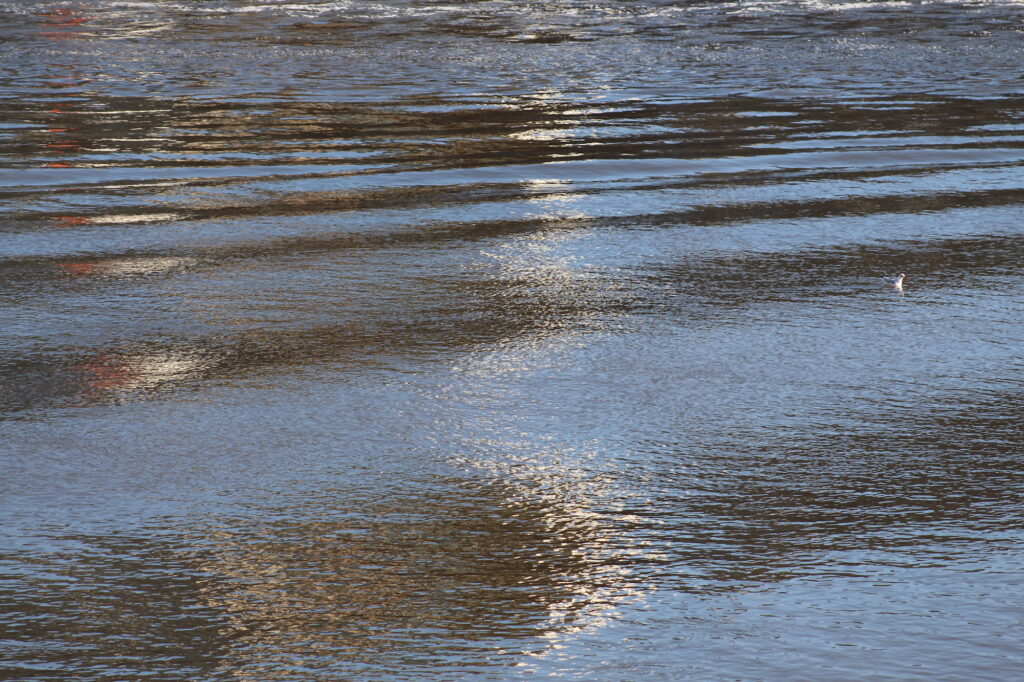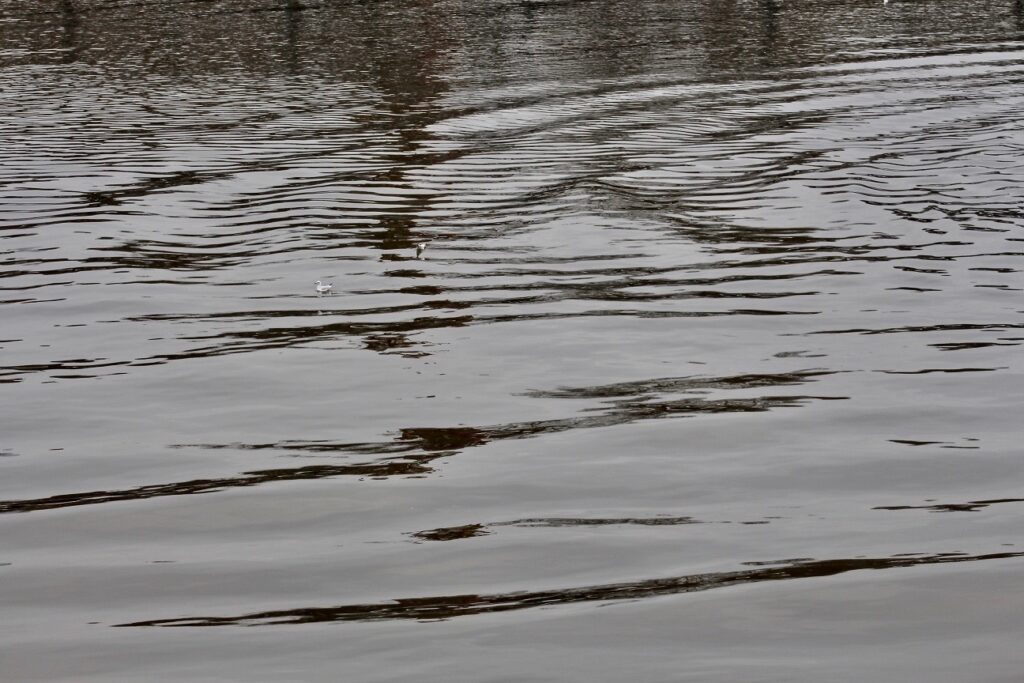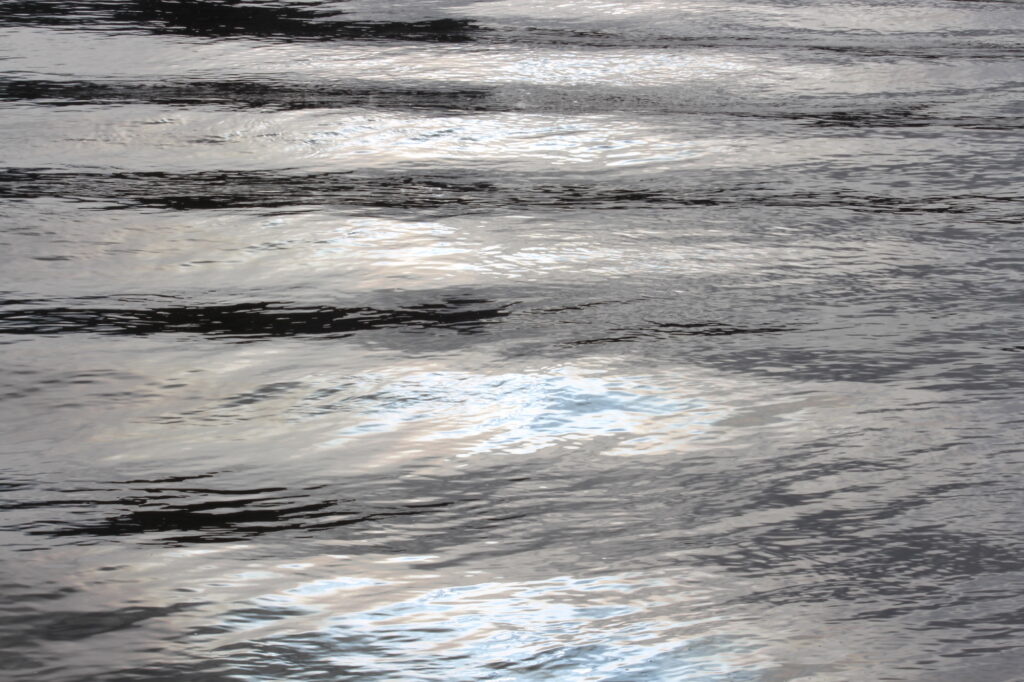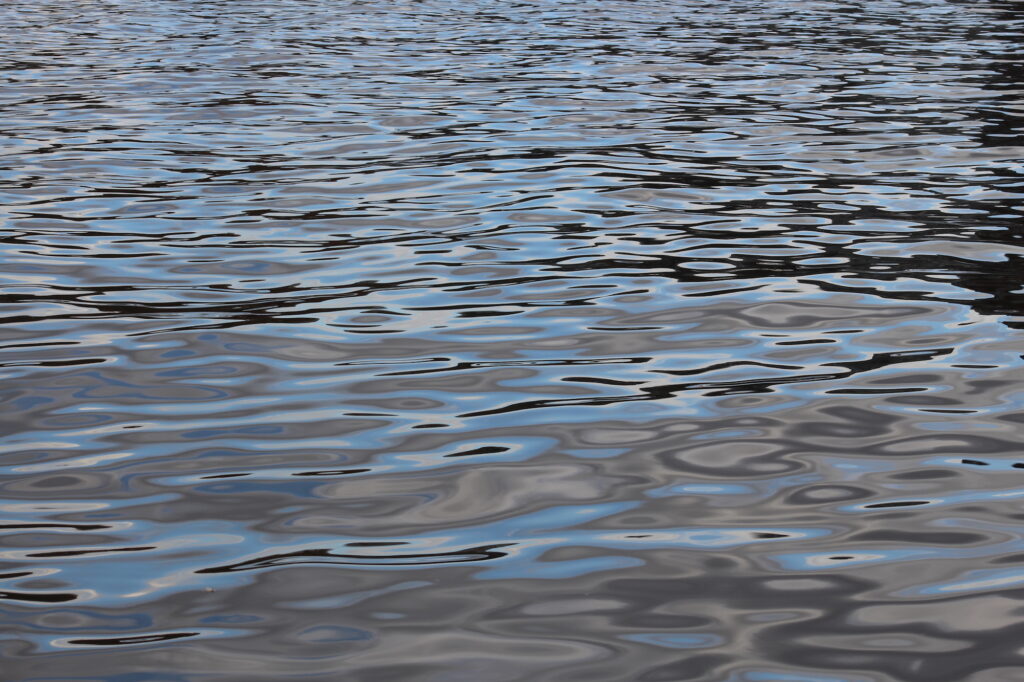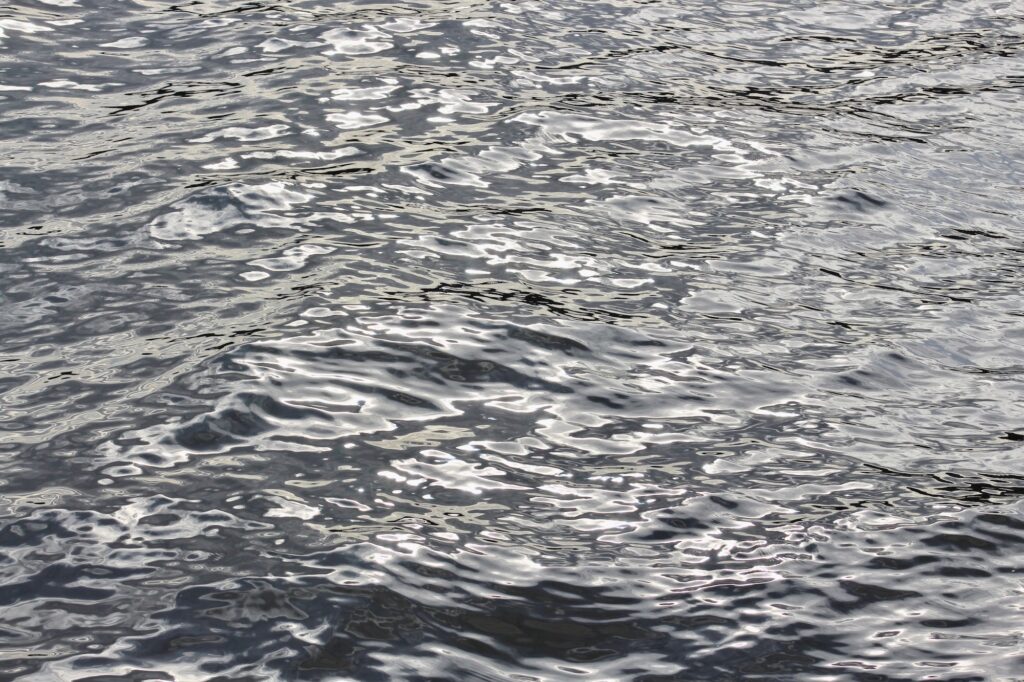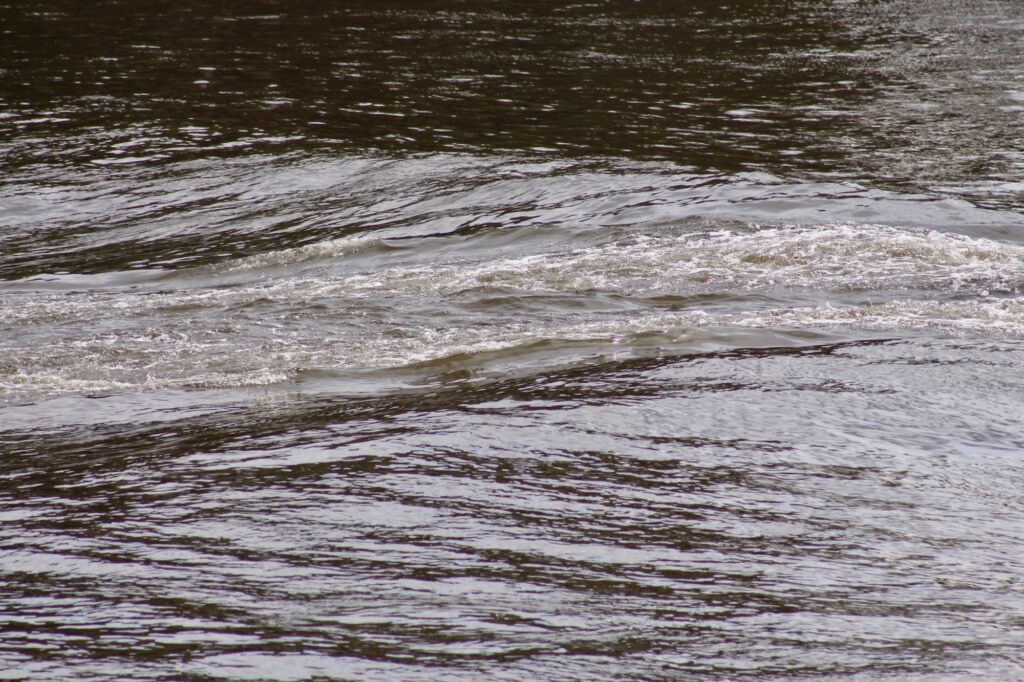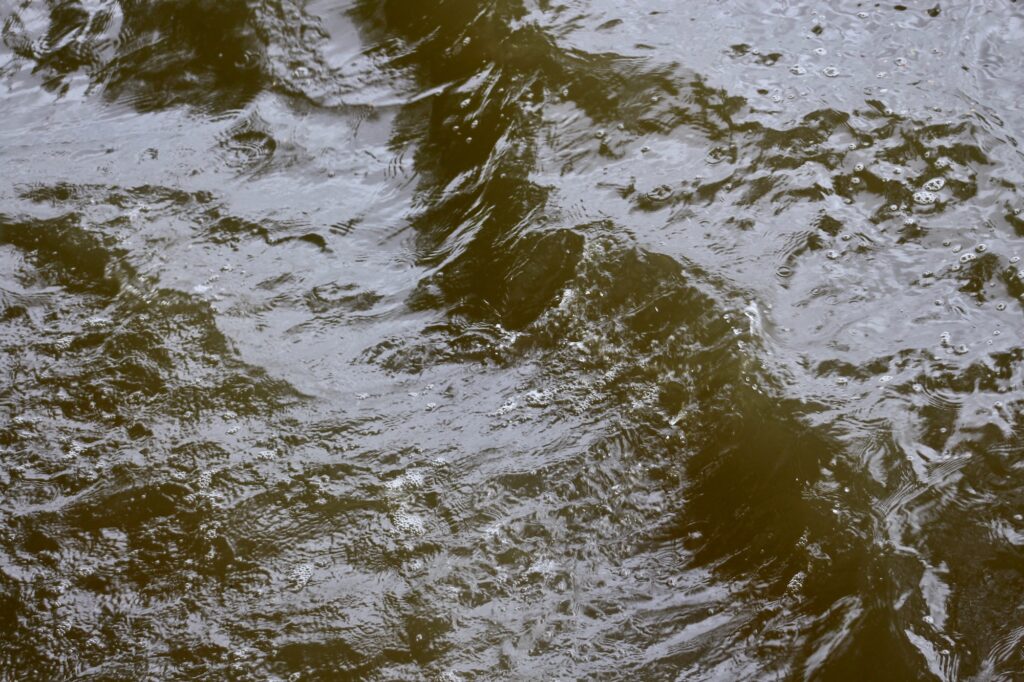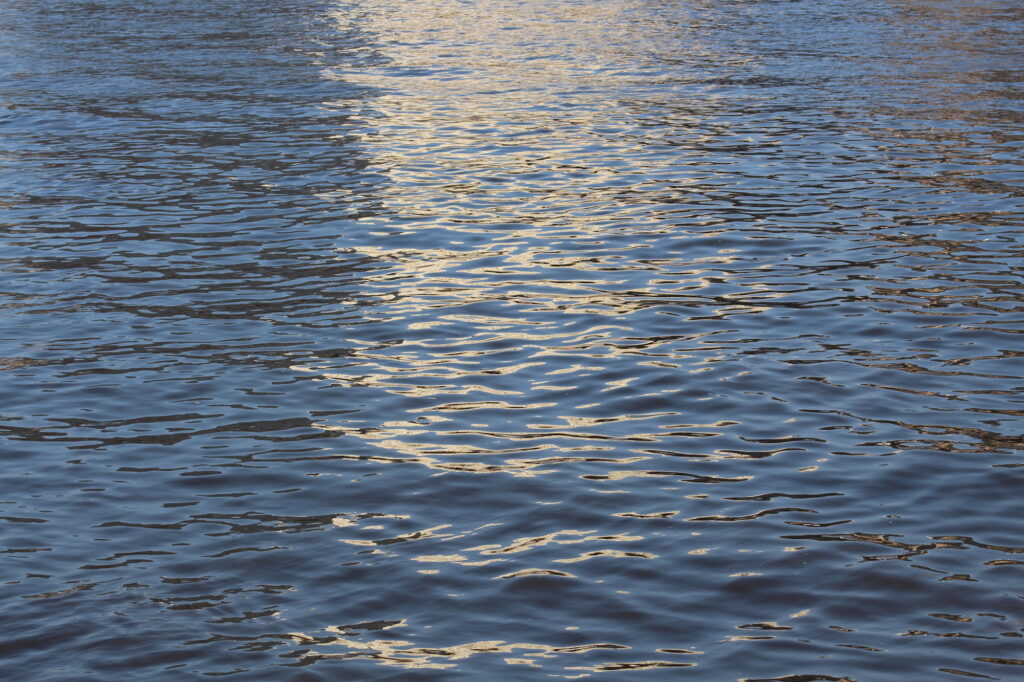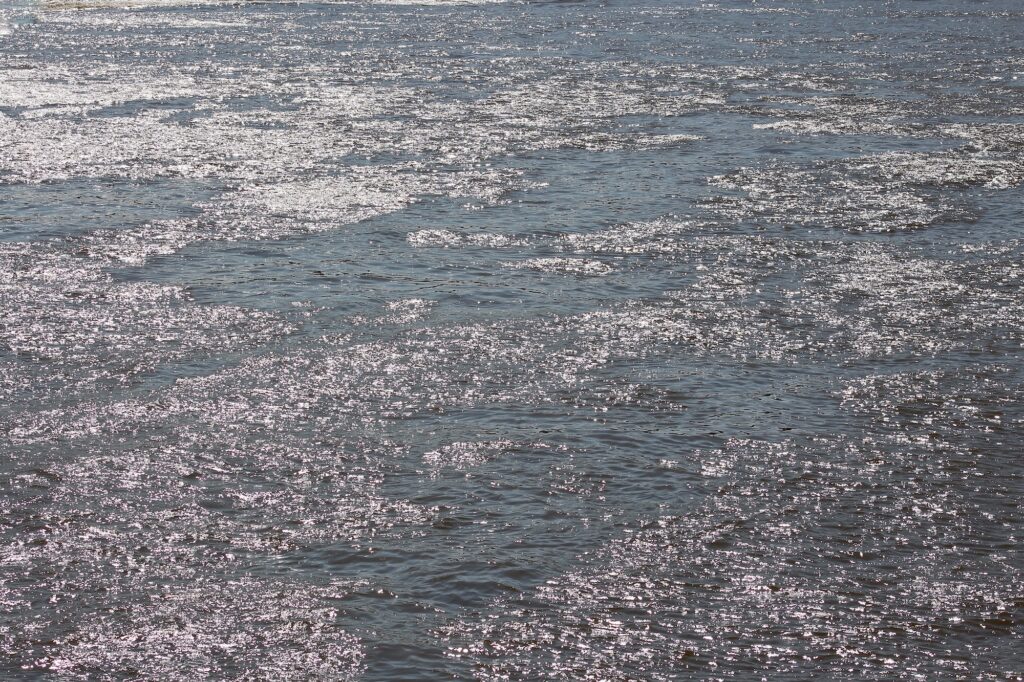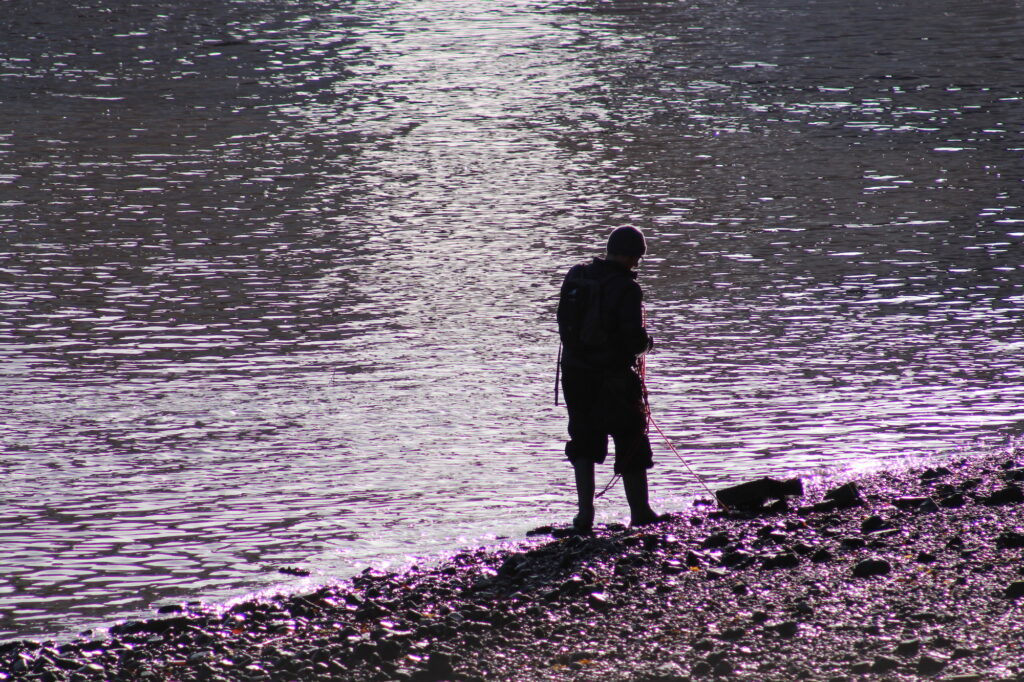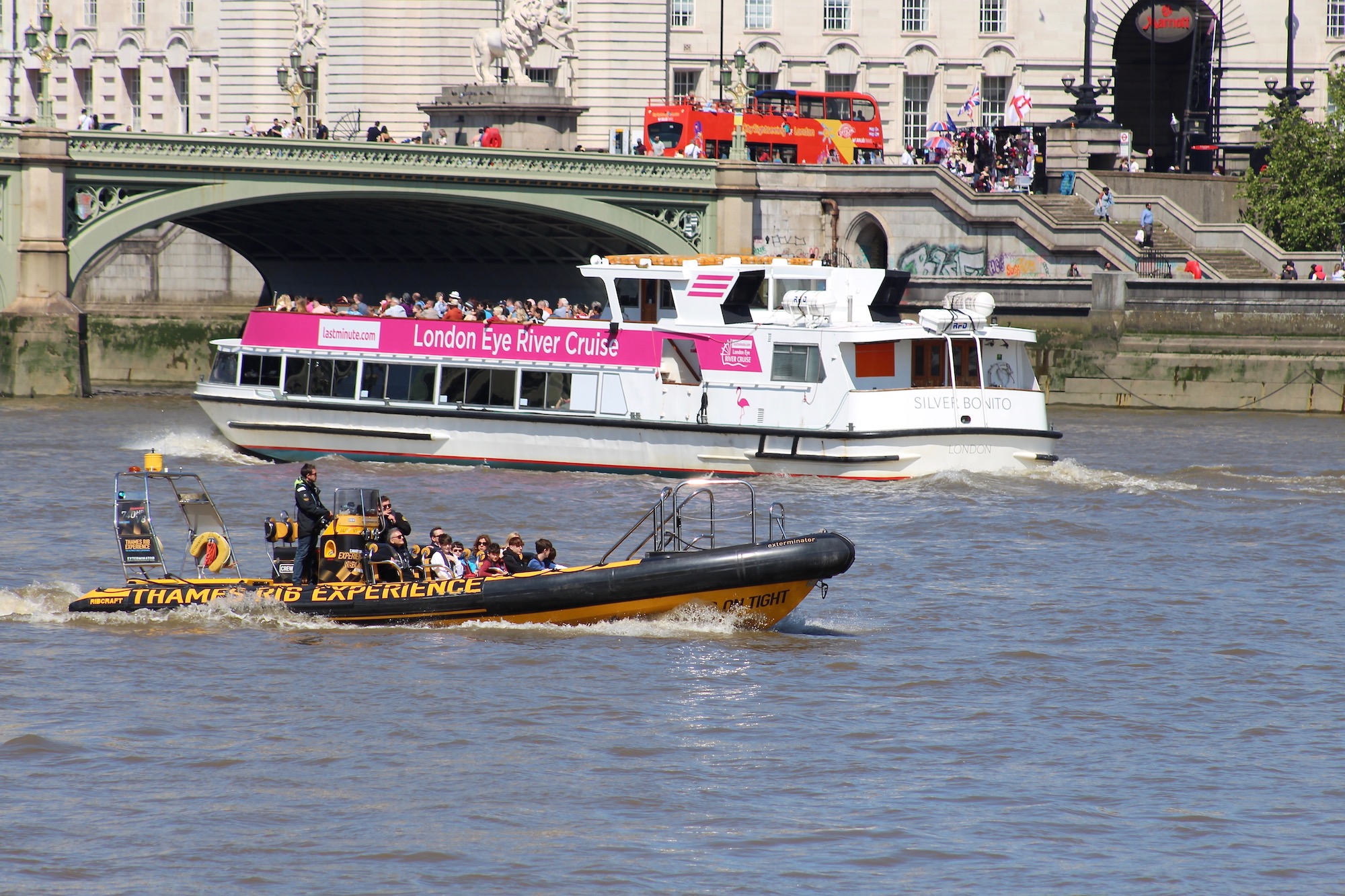
Already a holiday destination for many…
With trips abroad severely discouraged, bureaucratically cumbersome and expensive, why not come to London to explore our capital city from the Thames, from its banks, bridges and boats. And if you live in the area, it’s even easier to come to the river.
Below you’ll see photographs of people doing just that since the third stage of lockdown easing on May 17th. And despite the delay in the final lifting of restrictions, life on the river will continue building up as it has been doing for the last month or so, and there is already more choice and much to see and do. Thames Clippers and sightseeing tours such as City Cruises and the Circular Cruise have been doing well. And bookings for boats hosting private events have been on the increase.
Visit London’s official guide gives links to some of the top river cruises from sightseeing, restaurant and pleasure boats to smart launches and kayaks. By clicking here on Covid you can see their latest information and you can research individual boat companies to see what measures they have in place to ensure passenger safety.
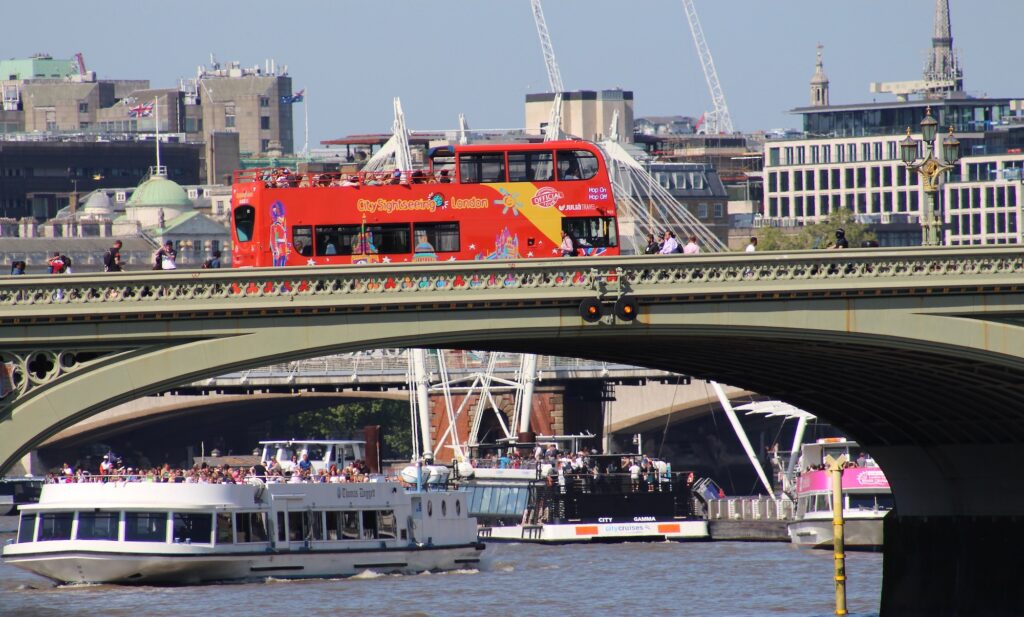
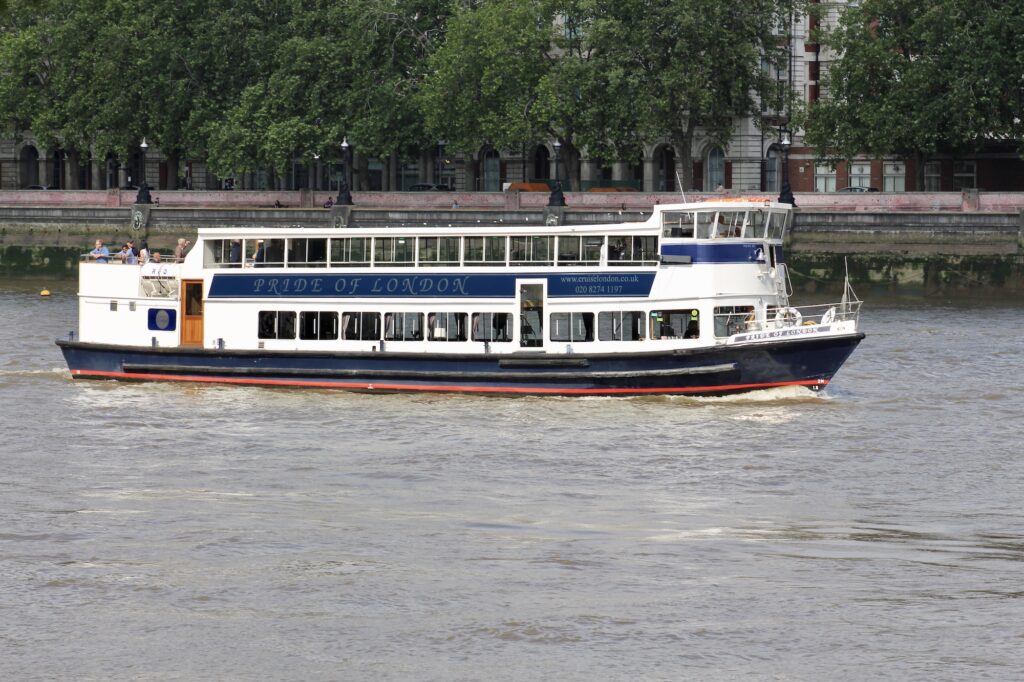
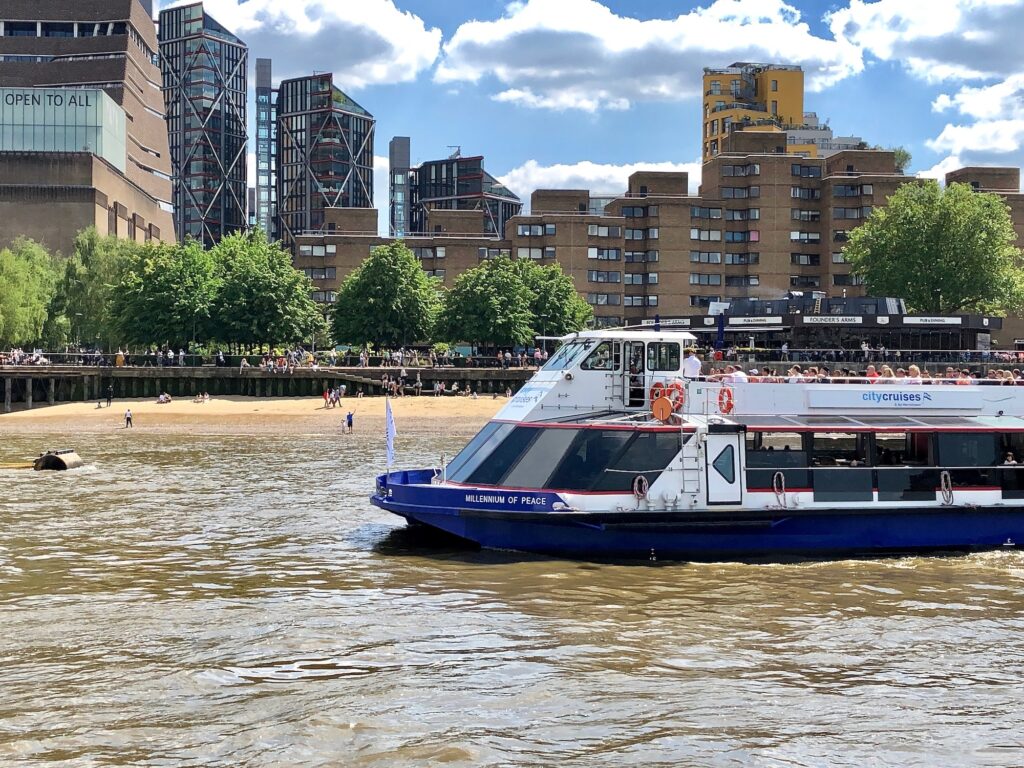

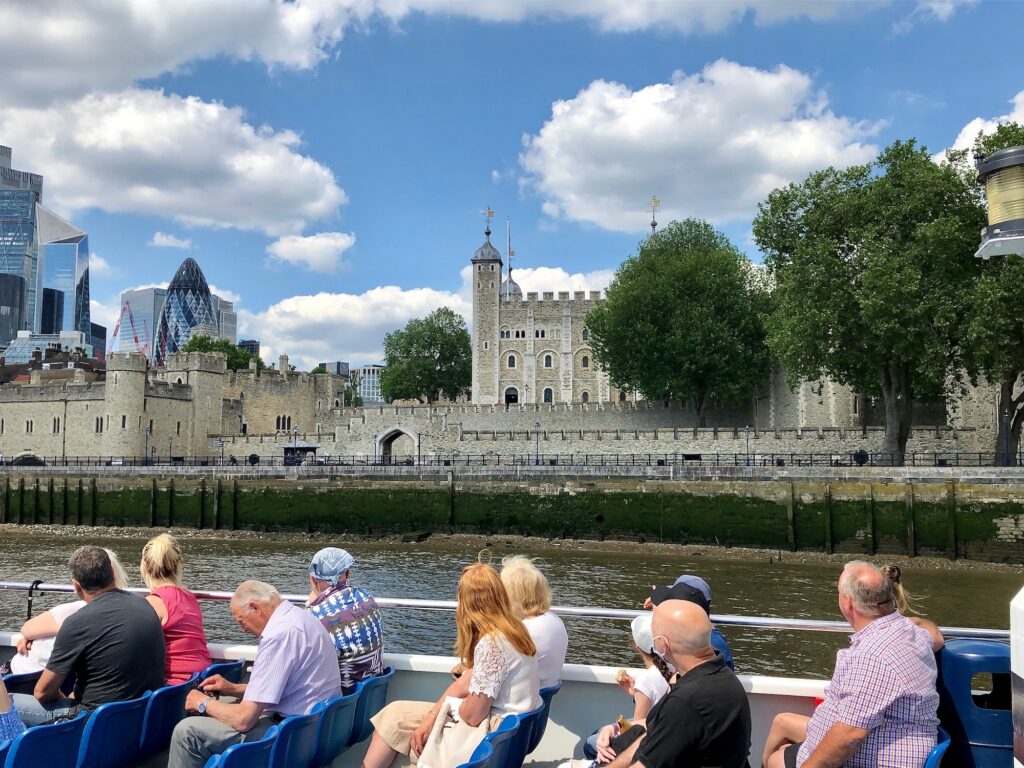
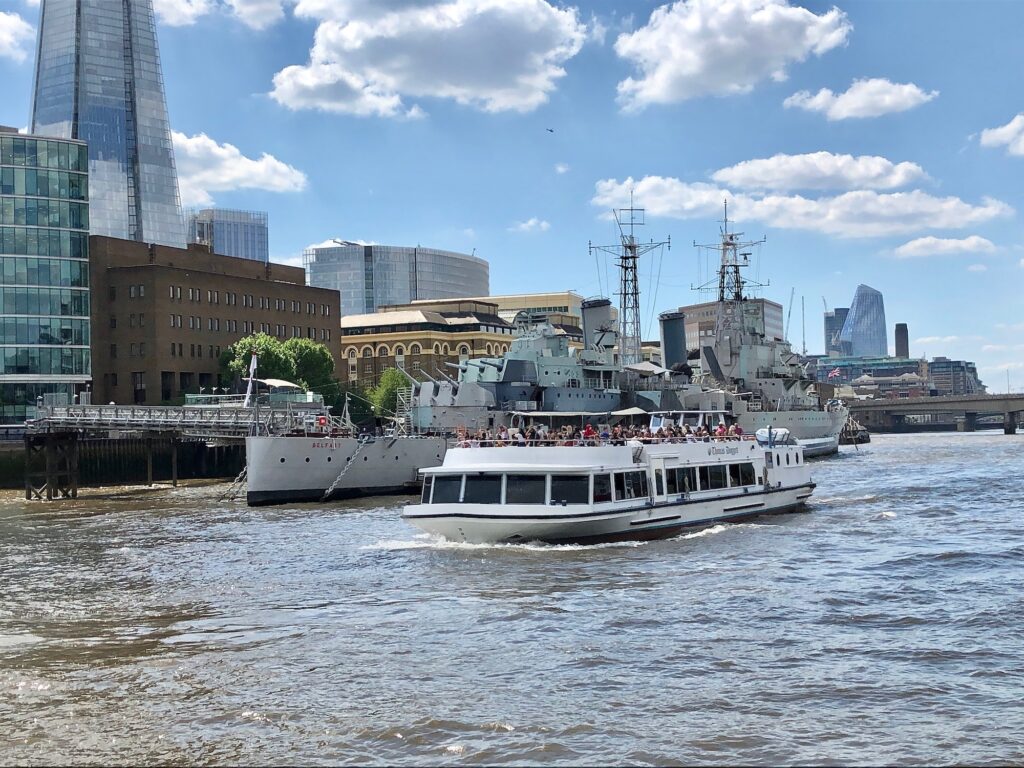
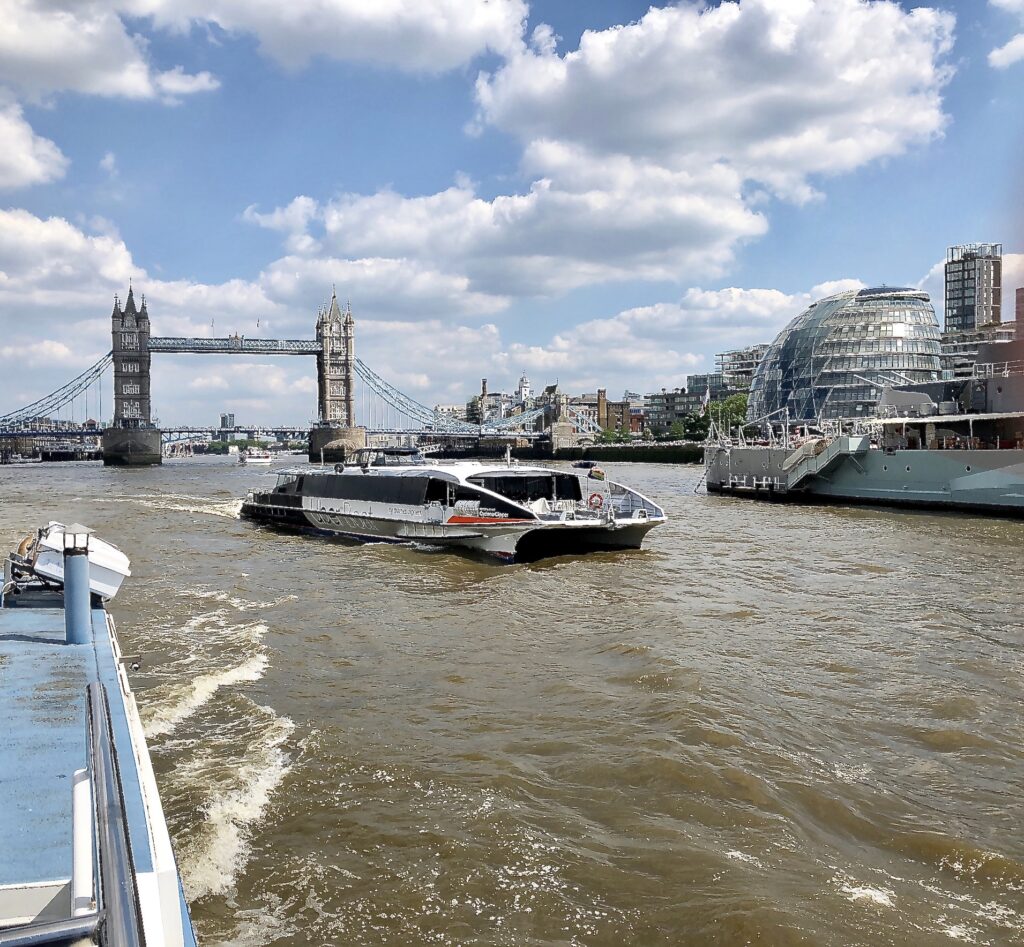
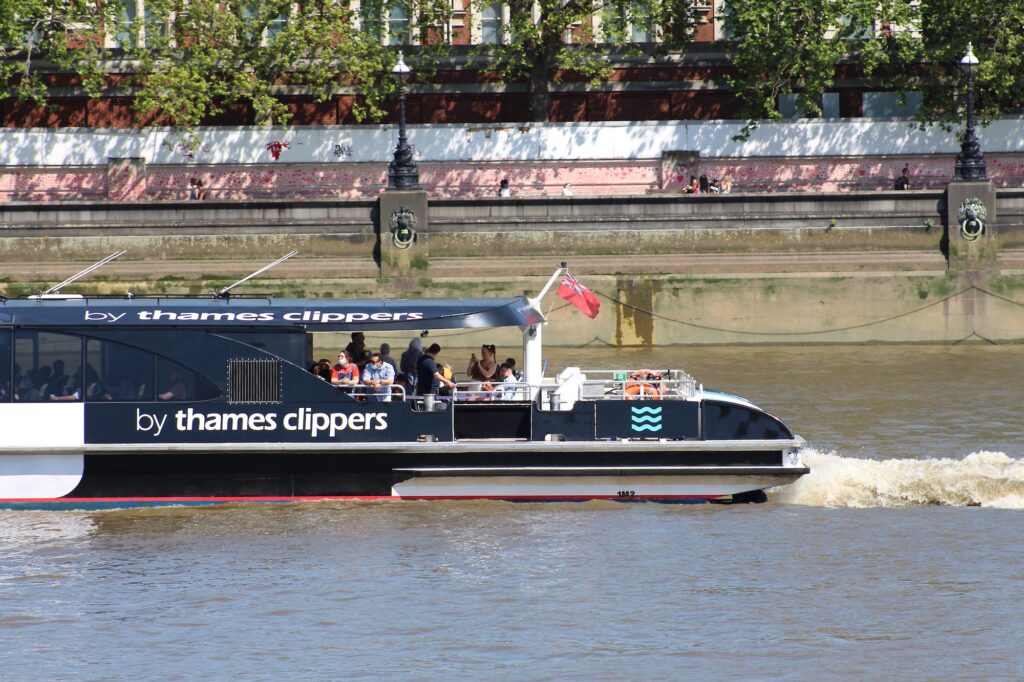
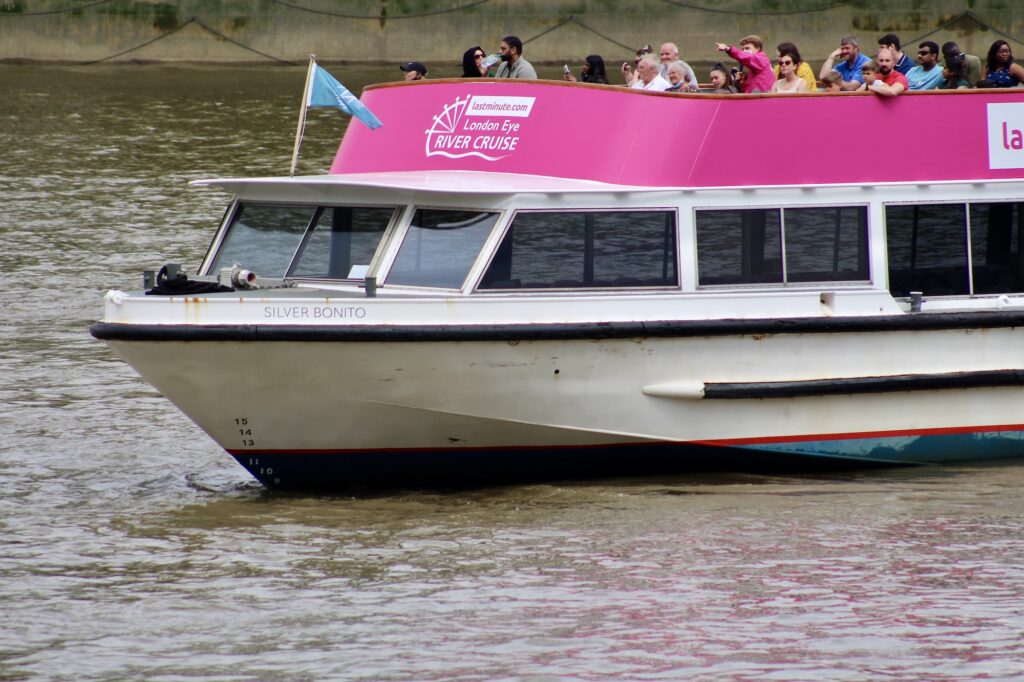
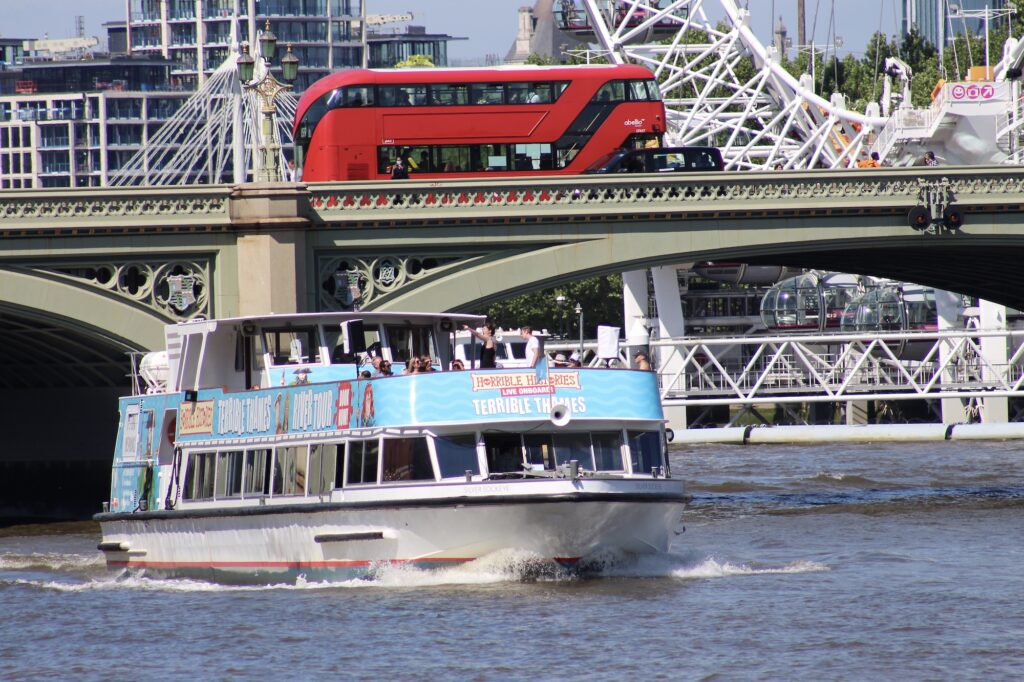
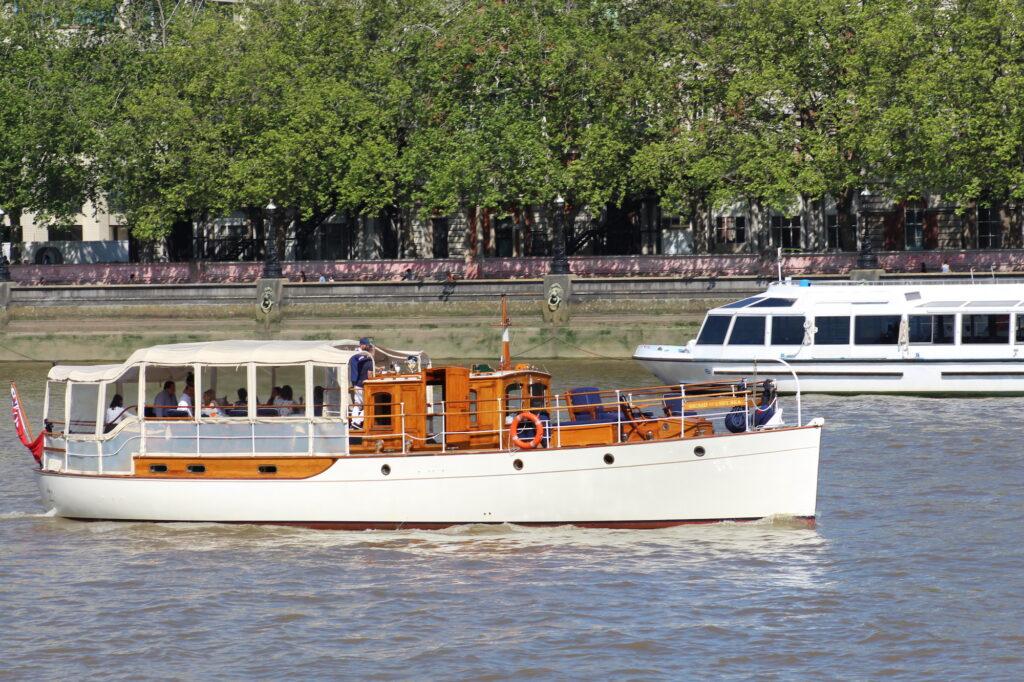
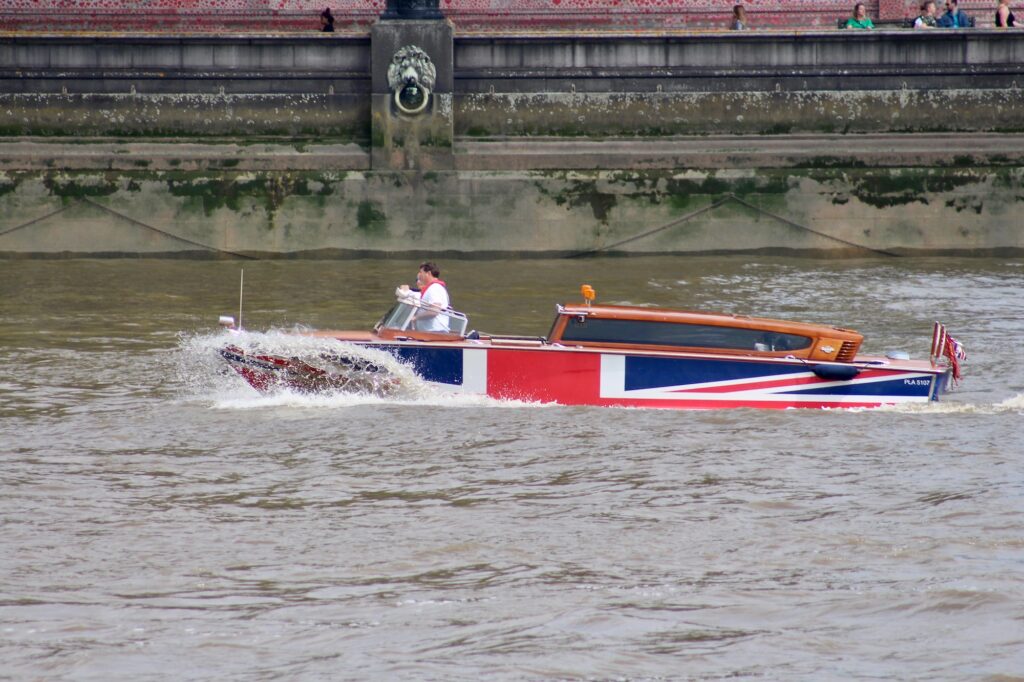

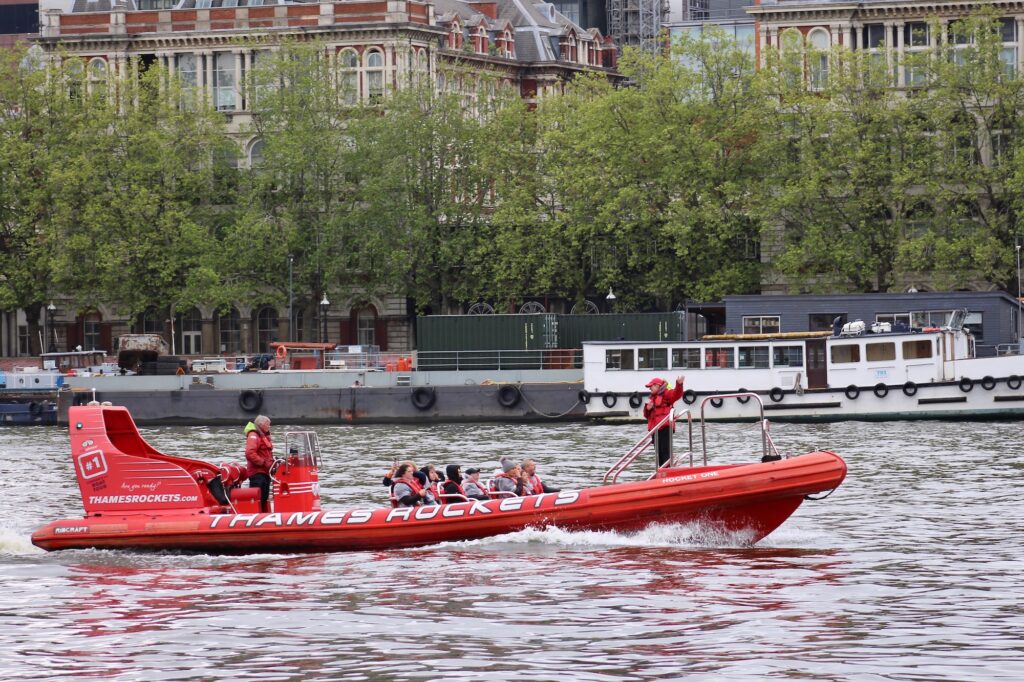

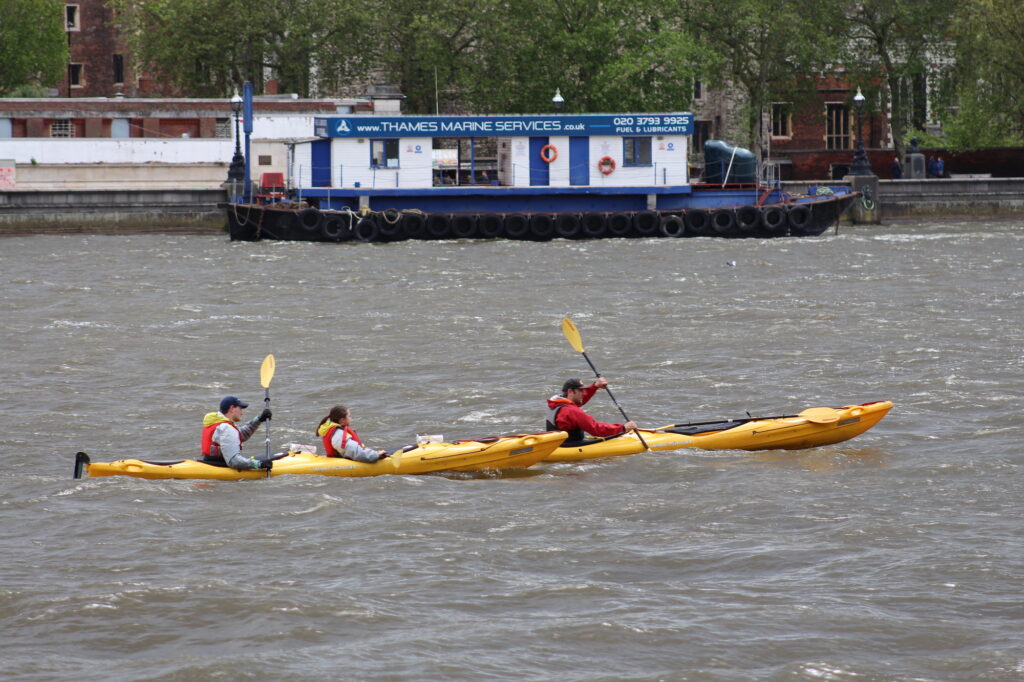
However, we haven’t yet reached the end of Covid restrictions. Party boats, though now allowed out, have to stick to strict social distancing rules, and passengers have to wear masks inside. When you decide on a sightseeing trip, though you can just turn up at the last minute for some, it would be a good idea to check on a company’s particular rules, as they do vary. And it’s best to carry a mask anyway as they’re required on London transport and in taxis.
Further information
With thanks to Waterman & Lighterman, Ben for info and advice.
A few sites to explore for more on river cruises and private charters:
‘Discover the Thames’ Port of London Authority
River Thames Cruises
Thames Luxury Charters
Thames River Boat Tours
Visit London


